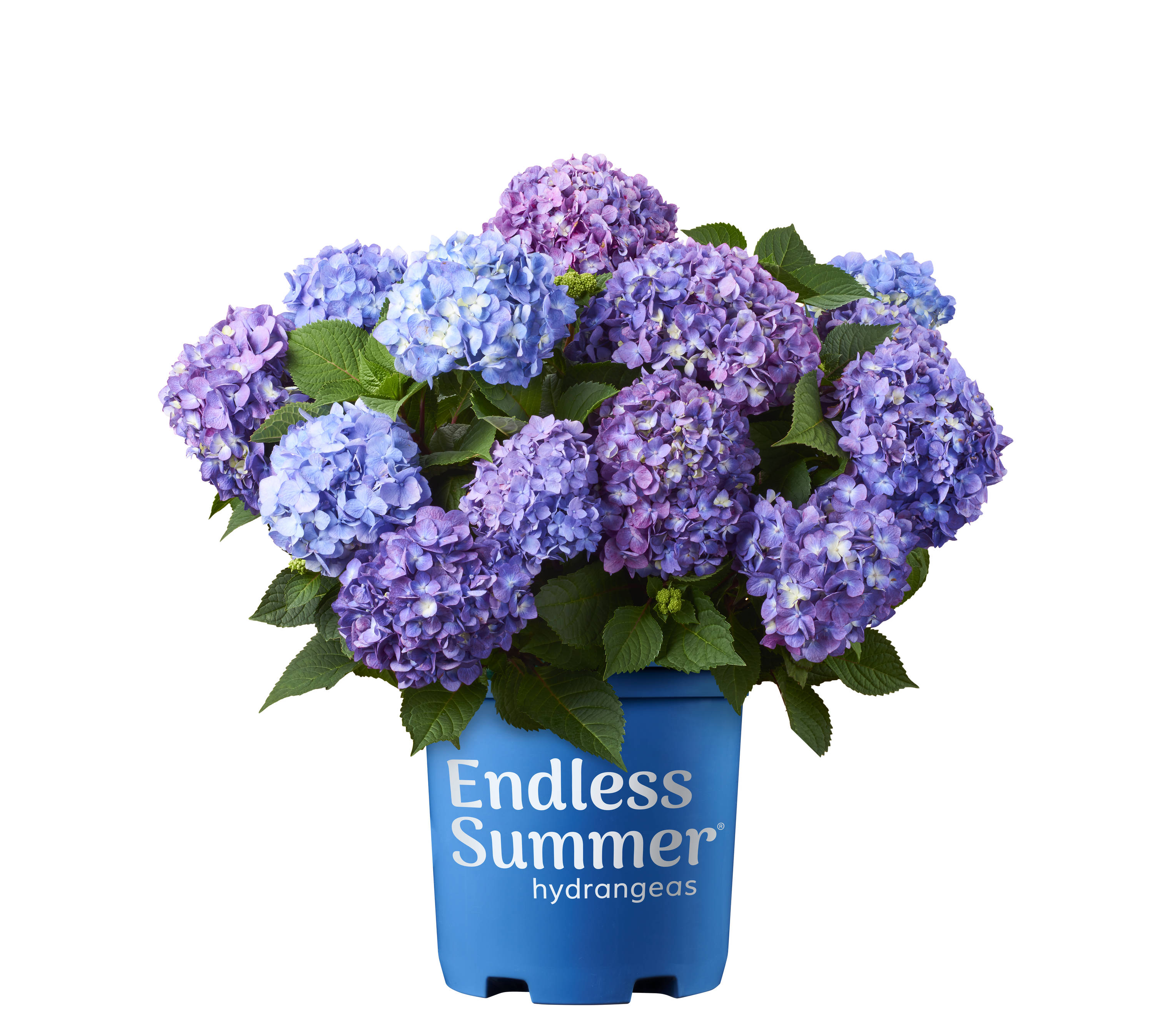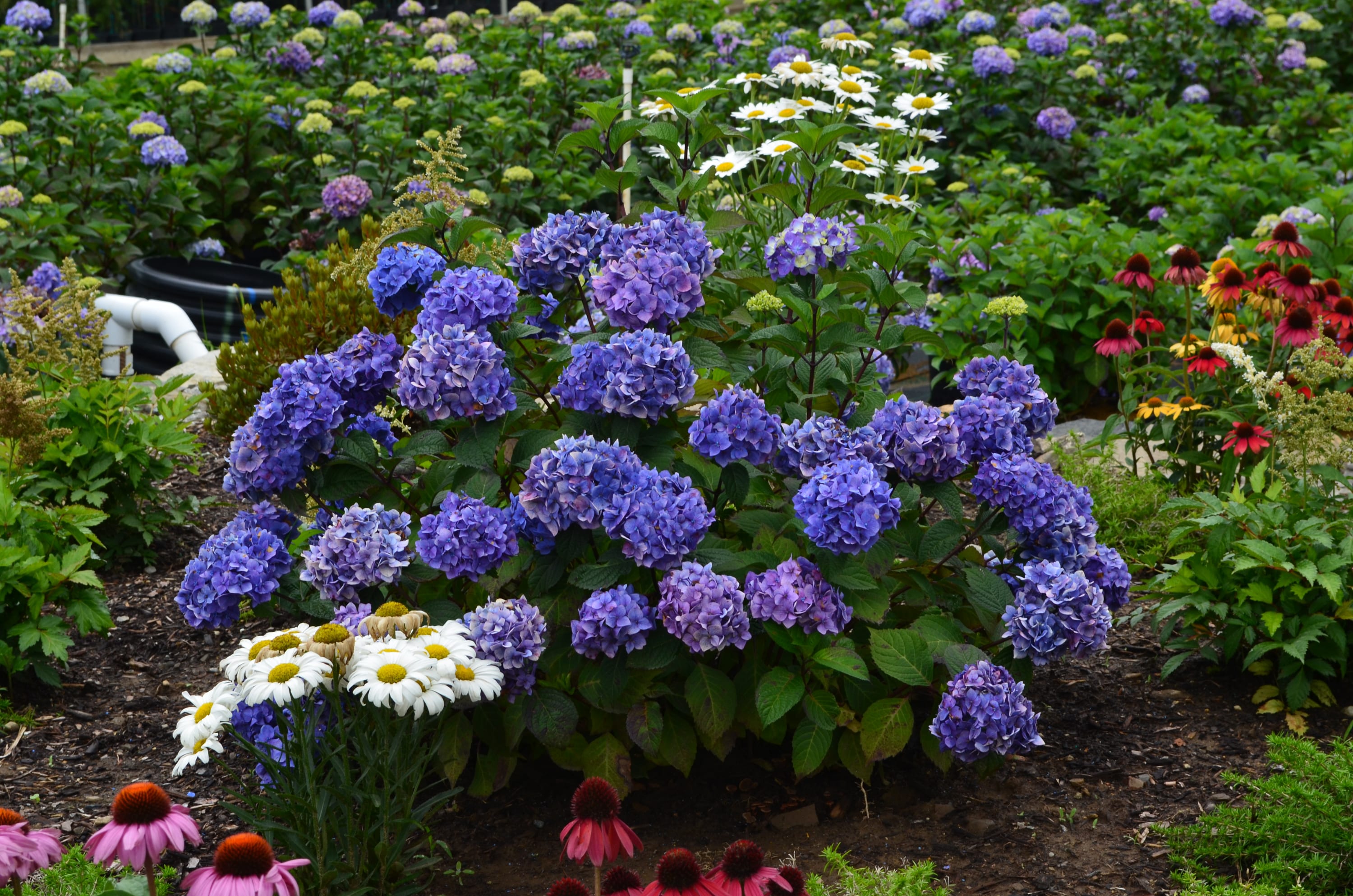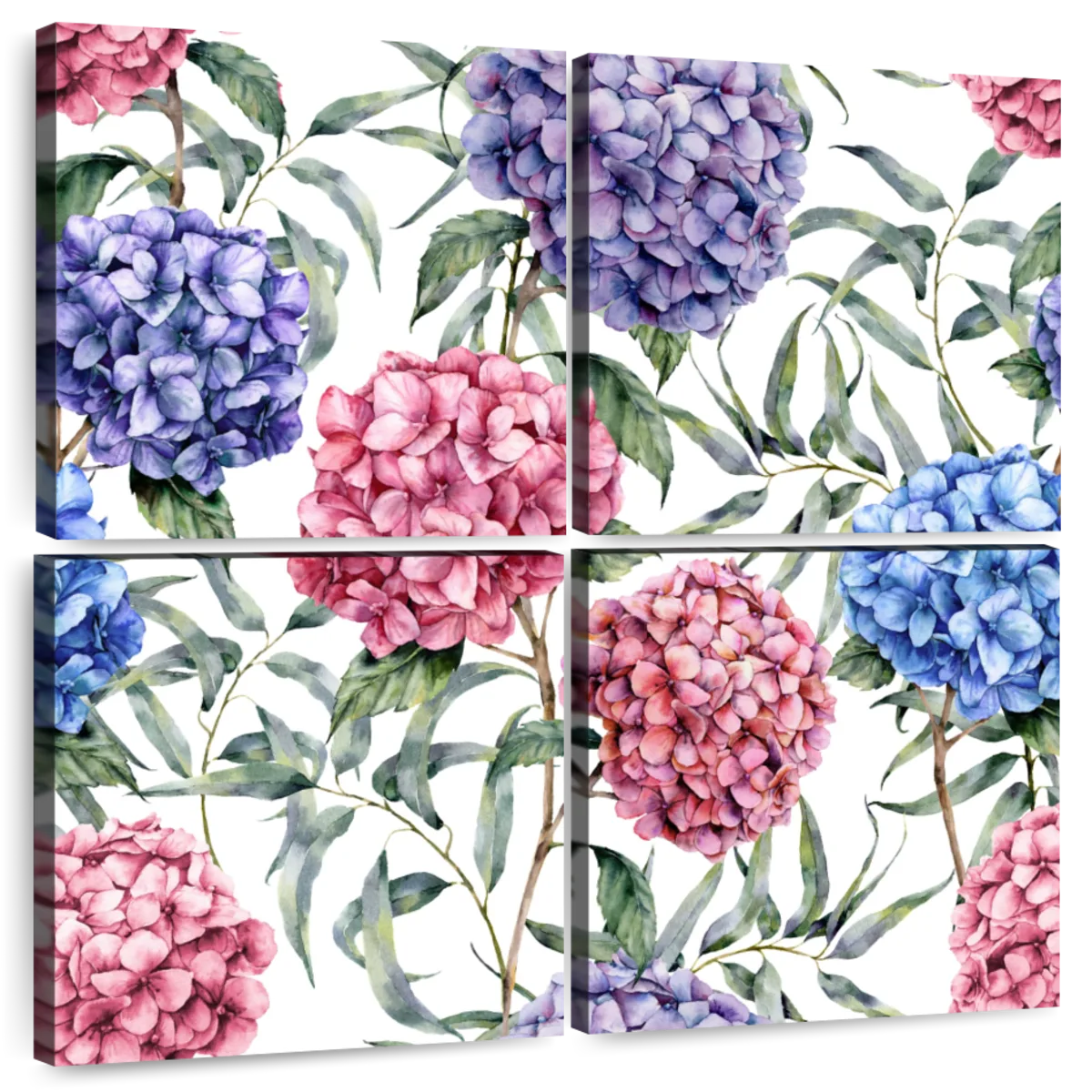The Magic Of Multicolor Hydrangeas
The Magic of Multicolor Hydrangeas
Hydrangeas are some of the most popular flowering shrubs in the world, and for good reason. They come in a wide variety of colors, sizes, and shapes, and they can be grown in a variety of climates. But did you know that there are also multicolor hydrangeas?
Multicolor hydrangeas are a type of hydrangea that can change color depending on the acidity of the soil. In acidic soil, they will typically be blue or purple. In alkaline soil, they will be pink or red. And in neutral soil, they may be a combination of colors.
The magic of multicolor hydrangeas is that they can change color over time. As the soil acidity changes, so too will the color of the flowers. This makes them a very versatile plant, and they can be used to create a variety of different color schemes in the garden.
In addition to their beautiful colors, multicolor hydrangeas are also very easy to care for. They prefer full sun to partial shade, and they need well-drained soil. They are relatively drought-tolerant, but they will benefit from regular watering during the summer months.
If you are looking for a beautiful and easy-care flowering shrub, then multicolor hydrangeas are a great option. They are sure to add a touch of magic to your garden.
Main Content
Types of Multicolor Hydrangeas
There are many different types of multicolor hydrangeas, each with its own unique color palette. Some of the most popular varieties include:
- Hydrangea macrophylla is a large-leaf hydrangea that can grow up to 6 feet tall. It produces large, showy flowers that can be blue, pink, or purple.
- Hydrangea paniculata is a panicle hydrangea that can grow up to 10 feet tall. It produces smaller flowers than macrophylla hydrangeas, but they are just as beautiful. Panicle hydrangeas can be blue, pink, or white.
- Hydrangea serrata is a lacecap hydrangea that can grow up to 4 feet tall. It produces small, delicate flowers that are arranged in a lacy pattern. Lacecap hydrangeas can be blue, pink, or white.
How to Change the Color of Multicolor Hydrangeas
The color of multicolor hydrangeas is determined by the acidity of the soil. In acidic soil, the flowers will be blue or purple. In alkaline soil, the flowers will be pink or red. And in neutral soil, the flowers may be a combination of colors.
If you want to change the color of your multicolor hydrangeas, you can adjust the acidity of the soil. To make the soil more acidic, you can add peat moss or sulfur. To make the soil more alkaline, you can add lime.
It is important to note that it may take several weeks or even months for the color of the flowers to change. So be patient and don't give up!
How to Care for Multicolor Hydrangeas
Multicolor hydrangeas are relatively easy to care for. They prefer full sun to partial shade, and they need well-drained soil. They are also relatively drought-tolerant, but they will benefit from regular watering during the summer months.
To help your multicolor hydrangeas thrive, you should fertilize them in the spring and fall. You should also deadhead the flowers regularly to encourage new growth.
Symbolism of Multicolor Hydrangeas
Hydrangeas are a popular symbol of love, harmony, and peace. They are often given as gifts to express these sentiments.
The different colors of hydrangeas also have their own symbolic meanings. Blue hydrangeas represent faithfulness, pink hydrangeas represent gratitude, and white hydrangeas represent purity.
Conclusion
Multicolor hydrangeas are a beautiful and versatile plant that can be enjoyed by gardeners of all skill levels. They are easy to care for, and they can be grown in a variety of climates. If you are looking for a plant that will add a touch of magic to your garden, then multicolor hydrangeas are a great option.
Have you ever seen a hydrangea that changes color? It's truly a sight to behold! Multicolor hydrangeas are a type of hydrangea that can change color depending on the pH of the soil. In acidic soil, the flowers will be blue or lavender. In alkaline soil, the flowers will be pink or red. And in neutral soil, the flowers will be a blend of blue, pink, and red.
If you're interested in learning more about multicolor hydrangeas, I recommend visiting . This website has a wealth of information about these amazing flowers, including how to care for them, how to change their color, and where to buy them.
FAQ of multicolor hydrangea
What are multicolor hydrangeas?
Multicolor hydrangeas are a type of hydrangea that can produce flowers in a variety of colors, including blue, pink, purple, and white. The color of the flowers is determined by the acidity of the soil. In acidic soil (pH 5.0 to 5.5), the flowers will be blue. In neutral or basic soil (pH 7 and above), the flowers will be pink or purple.
How do I make my hydrangeas multicolor?
There are a few ways to make your hydrangeas multicolor. One way is to adjust the acidity of your soil. If your soil is currently neutral or basic, you can add aluminum sulfate to acidify it. This will cause the flowers to turn blue. If your soil is already acidic, you can add lime to raise the pH. This will cause the flowers to turn pink or purple.
Another way to make your hydrangeas multicolor is to plant different varieties of hydrangeas together. Some varieties, such as the Endless Summer hydrangea, can produce flowers in a variety of colors depending on the acidity of the soil. By planting different varieties together, you can create a hydrangea bush that produces flowers in multiple colors.
What are the benefits of growing multicolor hydrangeas?
There are several benefits to growing multicolor hydrangeas. First, they are very attractive and can add a touch of beauty to any garden. Second, they are relatively easy to care for and can thrive in a variety of climates. Third, they can produce flowers in a variety of colors, which can add interest and variety to your garden.
What are some common problems with multicolor hydrangeas?
One common problem with multicolor hydrangeas is that the flowers can fade over time. This is usually due to a lack of acidity in the soil. Another common problem is that the flowers can be susceptible to pests and diseases. However, these problems can be relatively easily prevented by proper care and maintenance.
How do I care for multicolor hydrangeas?
Multicolor hydrangeas are relatively easy to care for. They need full sun to partial shade and moist, well-drained soil. They should be fertilized in the spring with a balanced fertilizer. In the fall, the leaves should be removed and the stems should be cut back to about 6 inches.
Image of multicolor hydrangea
- Image 1: A large hydrangea bush with blooms in shades of blue, pink, and white.

- Image 2: A close-up of a hydrangea bloom with petals in shades of pink, blue, and purple.

- Image 3: A cluster of hydrangea blooms in shades of blue, pink, and green.

- Image 4: A hydrangea bush with blooms in shades of blue, pink, and purple against a backdrop of green leaves.

- Image 5: A hydrangea arrangement in a vase with blooms in shades of blue, pink, and purple.

Post a Comment for "The Magic Of Multicolor Hydrangeas"